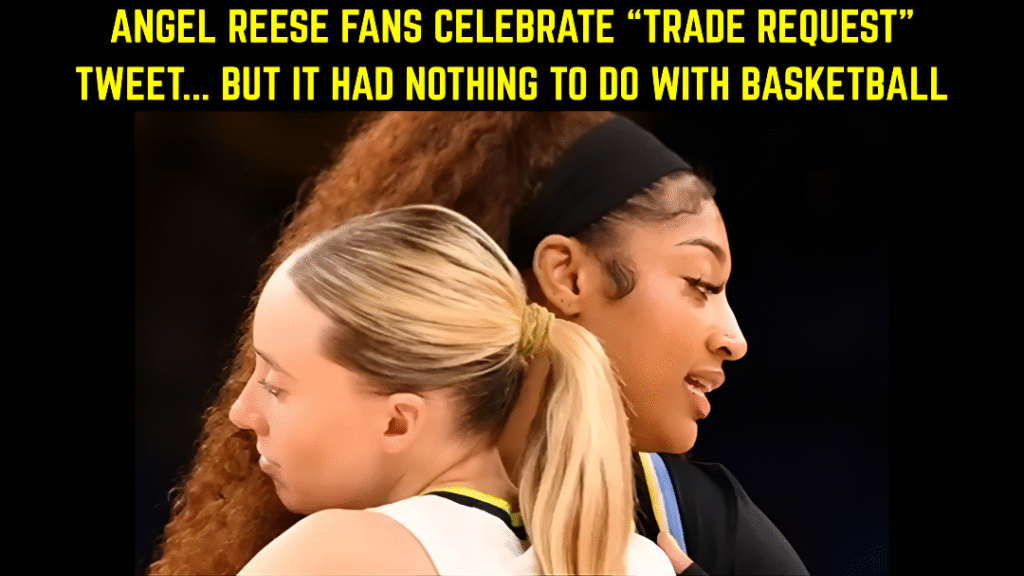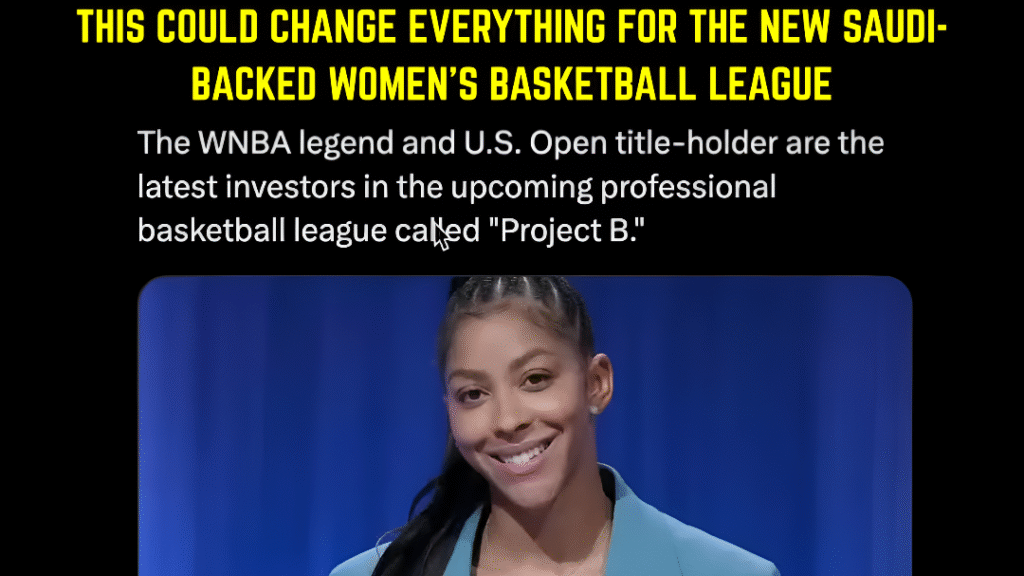WNBA ratings controversy explodes as new Nielsen “Big Data” system massively inflates the Mercury vs. Aces Finals numbers.
Well, well, well… here we go again. ESPN and the WNBA are out here throwing confetti over “historic” Finals ratings — but the deeper you look, the more it starts to smell like straight-up manipulation. Let’s call this what it is: diabolical.
According to ESPN, Game 1 of the WNBA Finals between the Las Vegas Aces and Phoenix Mercury supposedly pulled 1.9 million viewers on average, up 62% year-over-year. Peak? 2.5 million. On paper, that looks impressive. Almost too impressive.
Because here’s the thing — nobody is talking about this series. Not fans, not players, not even the usual WNBA hype accounts on X (formerly Twitter). So how in the world did this “most-watched Game 1 in 28 years” magically appear out of thin air?
The Big Data Magic Trick 🎩✨
Let’s break down the abracadabra part. Nielsen recently changed how they calculate TV ratings. It’s called the “Big Data + Panel” system. Sounds fancy, right?
But what it actually does is blend old-school sample panels with “device-level data” from smart TVs and streaming boxes. In other words, Nielsen started counting millions of new households — even passive or background views — and rolled this out right before the WNBA Finals.
Coincidence? Please.
This “update” started rolling out September 2025, just in time to conveniently “boost” live sports numbers. Nielsen claims it’s to give a more “complete picture of viewership.” But let’s be honest — when the WNBA can’t fill a lower bowl with $35 Finals tickets, yet suddenly posts NBA-level viewership? Yeah, something doesn’t add up.
Cooked Numbers, Inflated Hype 🔥📺
Sports Media Watch even admitted it: the new system gives this year’s ratings a “built-in advantage over prior seasons.”
Translation: the books are cooked.
They can say it’s about “accuracy,” but when your new counting method conveniently doubles your numbers overnight, that’s not accuracy — that’s inflation with lipstick on.
The real question is: why now? Why would Nielsen and ESPN need this ratings facelift? Simple. Optics. The WNBA’s been under fire for months — from Cathy Engelbert’s controversies to players calling out league leadership. The Finals matchup (Mercury vs. Aces) just didn’t have the juice. No Caitlin Clark. No rivalry. No viral storylines.
So, what do you do when nobody’s watching? You change the scoreboard.
Fans Aren’t Buying It 😒
Remember that poll floating around last week? The one that asked, “Will you be watching the WNBA Finals?”
Yeah — 96% of voters said “Hell no.”
That’s not hate; that’s reality. Fans are tuned out. Even hardcore WNBA followers have admitted they didn’t know the Finals started until halfway through Game 1.
Go check social media — the conversation isn’t about basketball. It’s about Kathy Engelbert ducking players, Adam Silver’s silence, and Caitlin Clark still being the league’s biggest talking point even when she’s not playing.
The Caitlin Clark Effect (or Lack Thereof) 👀
Let’s be real: if Caitlin Clark were in these Finals, you’re probably looking at 5 million viewers minimum. That’s not a stretch — her regular-season games already broke records.
But without her? The ratings suddenly spike anyway? Come on. Either we all missed a miracle marketing campaign, or the data’s been “enhanced” to make things look better than they are.
ESPN’s PR Spin: “Most Watched in 28 Years!” 🙄
You can almost hear the champagne popping at Bristol, Connecticut. ESPN’s out here acting like the league just broke the Super Bowl. But all it really broke was the credibility of the numbers themselves.
Sure, you can celebrate “growth.” But if that growth is a result of a brand-new counting system, it’s not growth — it’s statistical makeup. The WNBA deserves genuine progress, not this “Big Data” shell game.
The Bigger Picture: Trust Is Eroding
If fans start believing that every big number is a marketing stunt, the league’s credibility tanks even faster. The WNBA can’t afford that. Not now, not when new fans were just starting to show real interest thanks to rookies like Clark, Reese, and Cardoso.
And that’s the tragedy here — instead of owning the truth, the WNBA (and their broadcast partners) keep trying to manufacture momentum. But fake hype doesn’t last.
Final Thought
If it looks fake and sounds fake, it probably is fake. Nielsen’s “Big Data + Panel” experiment might make ESPN’s press releases look pretty, but it won’t fool the people who actually care about this sport.
We don’t need inflated numbers — we need real conversations about why fans aren’t watching, why leadership’s in chaos, and why the league’s biggest star (Clark) isn’t even part of its biggest stage.
Until then, these so-called “record ratings” will stay what they are — diabolical fiction dressed up as progress.
Also Read: Latest Trending News


